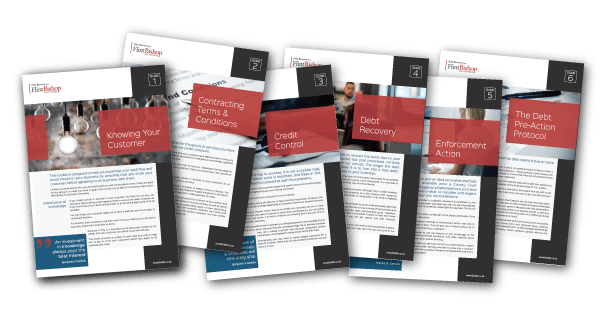With the collapse of Carillion, Toys R Us and Maplin still fresh in the memory, the high street has been rocked by a fresh wave of store closures and job losses as household names including Poundworld, Carpetright and Fenwick announced major restructuring programmes.
More and more struggling retailers are turning to the insolvency process of a Company Voluntary Arrangement (CVA) to avoid tipping into administration but can the same be said for the other UK sectors?
Recent reports into insolvency trends show mixed messages to the general state of health of UK companies.
R3, the Association for business recovery professionals, reported in January 2018 that so-called “zombie” businesses were at record low levels, dropping to just 3% of UK businesses. This suggests that more businesses than ever are capable of paying principal debts, rather than negotiating extended payment terms and/or paying off borrowings on an interest only basis.
In contrast, The Insolvency Service last week reported that the underlying number of company insolvencies rose by 13% in Q1 2018 on the previous quarter to the highest quarterly level since Q1 2014.
What this all means for credit and finance professionals is unclear. On the one hand, experts point to fewer than ever “zombie” companies, suggesting a positive outlook for businesses being able to meet their financial obligations. On the other hand, experts suggest “a subtle shift towards more difficult times for businesses across the board.” Or perhaps one of these stats follows the other; the reduction in “zombies” partly explains the increase in insolvencies as some of the “zombies” are finally put out of their misery.
In reality, inconsistent signs and unpredictable trends perhaps point to an economy that could go either way; experts struggle to read the signs, which is hardly surprising given the uncharted waters of Brexit and beyond.
Importantly, the Carillion insolvency should teach valuable lessons on the dangers of considering turnover as a major factor in allocating a low credit risk status to certain customers. It is a difficult balance when large operators such as Carillion will use their size and status to demand credit terms often well beyond your normal policies.
As recently as May 2017, Carillion had a credit rating of 94 out of 100 with Creditsafe and it had not been below 87 at any time within the last three years. This plummeted to 41 in July 2017, but it is highly unlikely that many businesses trading with Carillion were able to alter their credit terms accordingly. After all, if the UK government were content to continue to award multi-billion pound projects to Carillion, why should credit and finance professionals question Carillion’s credit worthiness?
Credit and finance professionals would do well to avoid placing too much reliance on predictions of experts, in particular where they suggest a more creditworthy UK economy. The inconsistent signs reported above, together with the collapse of some of the U.K.’s largest private companies, should remind us all not to take our eye off the ball when it comes to taking credit risks.
For more information, please contact us on 01332 226 474 or email: .
|
|



